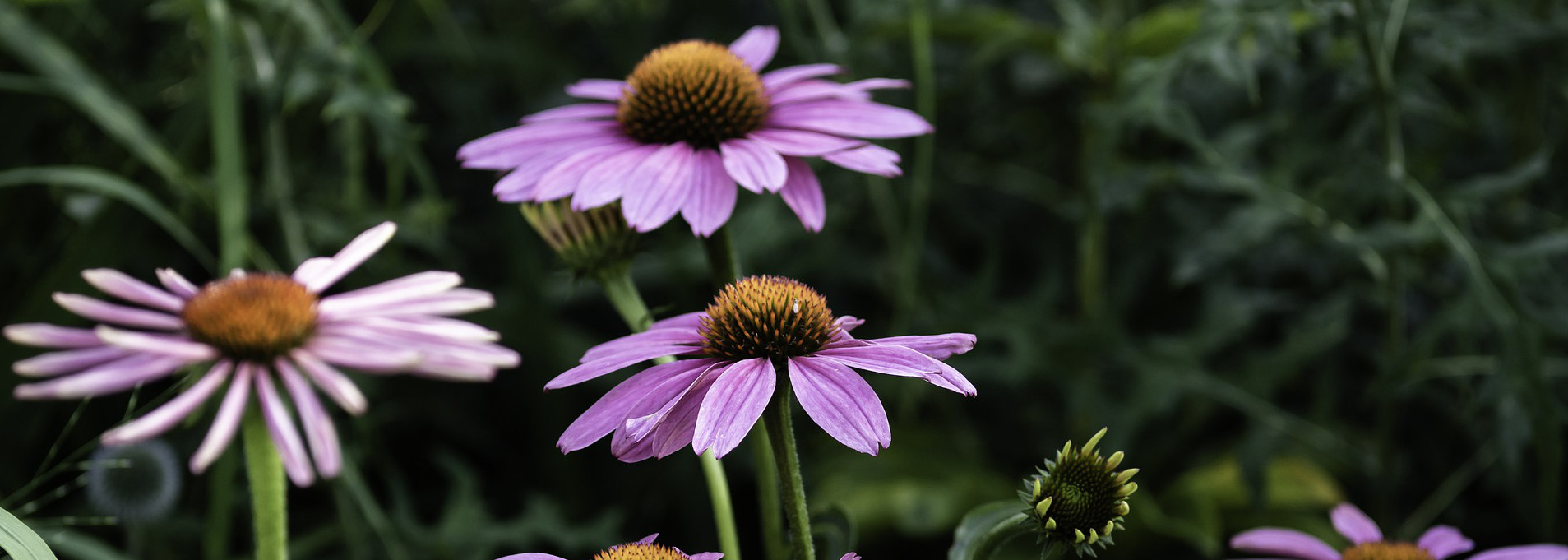
Designing Inclusive Digital Spaces
Bridging Permaculture Ethics and Accessibility
The ethics of permaculture are not limited to gardens and landscapes; they can also be applied to the digital spaces we create. By prioritizing inclusivity in our websites and platforms, we ensure that everyone can engage, regardless of their abilities, language proficiency, or access to technology.
This article combines the approach of action-learning, with guidelines to develop user friendly content creation techniques. Whether you’re a permaculture designer or simply someone committed to equity, these strategies can assist in crafting spaces that reflect permaculture principles.
Why Inclusive Content
Inclusive content ensures that everyone, regardless of their abilities, resources, or background, can access and engage with your material. It extends beyond the language we use to encompass providing formats and support systems to cater to an audience. This approach fosters an environment where everyone perceives themselves as valued and embraced.

Step 1: Observe and Interact with Your Digital Ecosystem
Before diving into new projects, it’s important to assess the performance of your existing content. Consider conducting an evaluation of accessibility to pinpoint any areas that may need improvement:
- Are captions missing from the videos
- Do images lack descriptive alternative text (alt text)?
- Are downloadable resources too large for users that have slow internet connections?
Connect with your audience by seeking input, from a range of users – including individuals who utilize screen readers or face challenges, with bandwidth or depend on audio content.
This approach goes beyond being merely practical—it is closely connected to permaculture ethics. Taking users input into account reflects People Care by valuing their needs, while optimizing large files demonstrates Earth Care by cutting down on server energy consumption and digital clutter. By focusing on these aspects, you can create environments that are more inviting and ecologically mindful.
Practical Actions
- Try using tools such, as the Web Accessibility Evaluation Tool (WAVE) which can help you pinpoint areas where enhancements are needed.
- Develop a questionnaire or feedback survey that allows your audience to express their thoughts on your content.
- Reduce large file sizes using compression software for photos and videos.
Step 2: Use Inclusive Design Principles
Creating with inclusivity as a priority involves considering language nuances and accessibility across all design aspects like text and visuals to ensure communication for a global audience.
- Refrain from using terms or references that could potentially be confusing, for the audience.
- Remember to use gender-neutral pronouns such as “they.”
- Where possible, try to give summaries or translations in the languages your audience speaks.
Visual and written accessibility are both considerations to keep in mind when creating content online or, in any digital form today. It’s essential to provide alternative text for every image so that users with visual impairments can still understand the content being shared (e.g., “A raised permaculture bed with companion planting”). Videos should include captions and transcripts to support diverse needs. This holistic approach integrates multiple accessibility tools into your content, reflecting permaculture ethics by allowing users to engage in the way that suits them best, and reducing the need for redundant content formats.
Practical Actions
- Ensure to provide alt text for every image, describing details accurately.
- Enhance your videos with subtitles using automated tools.
- Make downloadable transcripts available for both audio and video materials.
- Make sure to review your text, use inclusive language guidelines to check your text for accessibility.

Step 3: Produce No Digital Waste
Content creation that embraces inclusivity should focus on being effective to make sure resources are utilized wisely and waste is reduced as much as possible. By considering inclusivity from the start, we avoid the need of costly redesigns or redundant materials. For example making images and videos smaller can enhance loading speed and accessibility while also saving bandwidth. It’s best to steer away of features, like autoplay that use up energy unnecessarily.
Starting your design process with a focus on accessibility can conserve human and environmental energy from the start.
Practical Actions
- Try using free tools such as TinyPNG or HandBrake to reduce the file size of your images and videos.
- Make sure to turn off the autoplay feature for videos on your website or social media profiles.
- Create a checklist of things to consider when creating content to make sure it’s accessible, at every step of the production process.
Step 4: Design from Patterns to Details
When creating digital content, start with broad strategies, or patterns, that address inclusivity and when you’re developing content begin by outlining strategies that prioritize inclusivity and efficiency. For example a common approach involves ensuring that all media files are easily accessible. Then shift your attention to points like including captions in videos or making adjustments to color contrast, for readability.
This approach enables you to tackle accessibility challenges on a larger scale all the while staying adaptable, to individual requirements.
Practical Actions
- Establish standards, for ensuring content accessibility by incorporating alternative text and captions.
- Create templates for content creation to workflows.
- Check through your storage to find unnecessary files and lower energy consumption.

Step 5: Acknowledge Bandwidth and Device Limitations
In many regions around the globe, access to fast and reliable internet remains a challenge. To make your content easily accessible to all users it’s important to focus on using images and videos that are small in file size. Consider providing text based resources that can be downloaded for individuals, with bandwidth. Additionally ensure that your website is optimized for devices to cater to users who primarily use smartphones.
Designing while considering these limitations guarantees equitable access for individuals across diverse technological settings and encourages sustainable behaviors that lessen the ecological footprint of digital materials.
Practical Actions
- Make sure your website is mobile friendly, by utilizing tools such as Bootstrap or WordPress themes.
- Offer versions of content, like simplified text-only versions of articles, for limited bandwidth situations.
- Enhance the performance of your website by decreasing the time it takes for pages to load with tools such, as Google PageSpeed Insights.
Step 6: Continuous Learning and Improvement
Developing online material requires continuous effort and dedication. Action-learning principles remind us of the importance of observing, adapting, and iterating. Seek input regularly from your readers regarding the accessibility and functionality of your content. Evaluate your creations using resources such as the Web Accessibility Evaluation Tool (WAVE) to pinpoint areas that need enhancement. Be open to trying out approaches—, like exploring navigation choices—and embracing adaptability.
This process of introspection and enhancement embodies the principles of permaculture by focusing on the needs of users and fostering enhancement while advocating for practices, through thoughtful and adaptable design approaches.
Practical Actions
- Make sure to check your content to see if it’s accessible and find ways to make it better.
- Train your team on the methods for accessibility by using available resources like the W3C Web Accessibility Initiative.
- Make sure to keep up with the tools and advancements, in accessibility.
Conclusion
Creating content reflects the values of permaculture ethics: People Care ensuring everyone can participate, Earth Care minimizing the environmental cost of digital spaces, and Fair Share ensuring equitable access for everyone. By integrating permaculture principles to our content and prioritizing accessibility, we cultivate sustainable digital environments that benefit all users.

This article was written as part of the Permaculture Colab‘s Next Steps Project on Inclusive Organizations.
Designing Inclusive Digital Spaces © 2024 by Mayi Lekuona is licensed under CC BY-SA 4.0

Mayi Lekuona
Mayi is a Basque permaculture designer and diploma tutor at the Academia de Permacultura Ibera. She is the co-founder of Maïa Permaculture cooperative where she applies integrated systems design thinking and permaculture ethics to promote nature-friendly, regenerative lifestyles by designing sustainable spaces based on permaculture, training and empowering agents of transformation, and facilitating participatory processes to promote community transformation.
